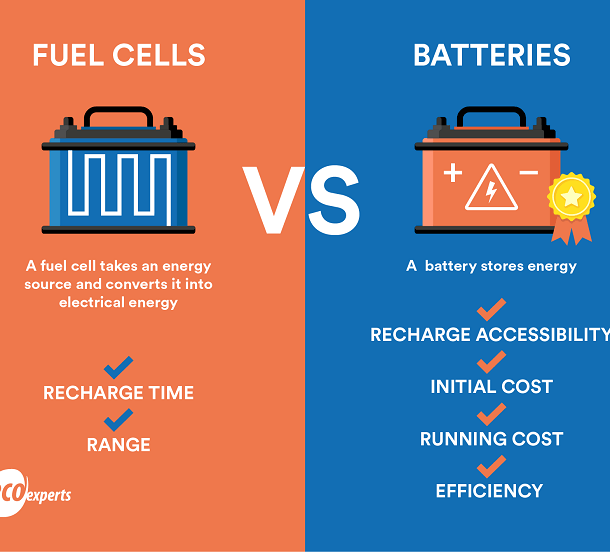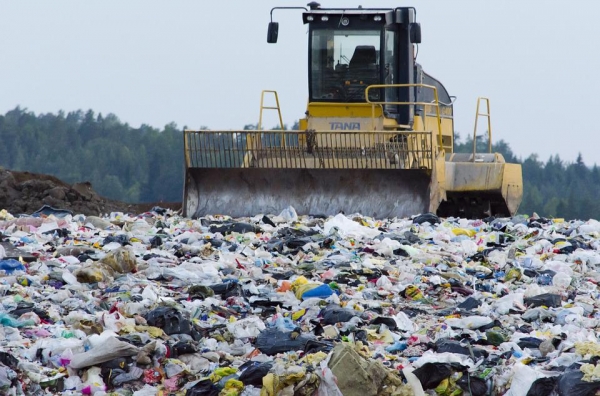

Each year, humans across the globe produce billions of tons of solid waste!
Roughly 70% of this trash ends up in the landfills, where it slowly decays. Yet, the trash may seem like a useless pile of waste, in reality, it is a complex ecosystem! So many microorganisms feed on the decaying waste, converting it into gases like Carbon Dioxide and Methane!
Most of this landfill methane produced is flared away. It is just released into the open air. Researchers are hoping to use this methane instead of wasting it. They hope to convert methane into many useful resources like electricity, fuel, or heating homes.
In a new study in the journal Applied and environmental microbiology, lead author Mark Reynolds, along with his colleagues from Arizona University, explores these microorganisms in leachate. Leachate is a liquid that is found in solid waste at landfills. Arizona University studied more about the behavior of these microbes in the landfills in Arizona and elsewhere in the landfill.
This project was carried out at the Salt River Landfill where the scientists from Arizona University studied these microorganisms. The facility receives an estimated 1,600 tons of municipal solid waste daily. Let’s hope that this will become reality soon and we would be able to use the methane and gases from the dumping yards to make our earth a better place to live.
Author: Sri Nihal Tammana
Source: Arizona State University
PC: Prylarer via Pixabay


© copyright 2022 by Recycle My Battery